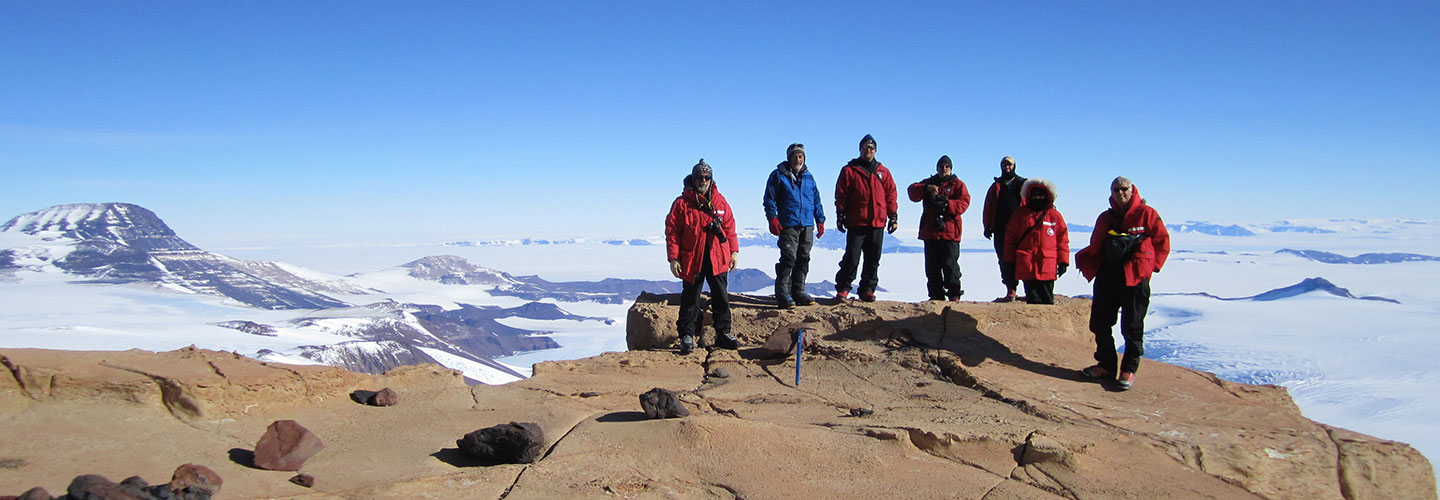More than 90 percent of Antarctica is covered in snow and ice. Even in the middle of summer, temperatures average -10° Fahrenheit! But 200 million years ago, Antarctica was a paradise. It had a warm climate, and the continent was covered with slow rivers and lush forests. Animals such as birds, amphibians, and dinosaurs roamed the land.
In 2017, scientists braved the cold to uncover the secrets of Antarctica’s past. But its current climate presented unique challenges. “You can’t look for fossils under the ice because it’s two miles thick in places,” says Peter Makovicky, a paleontologist at the Field Museum in Chicago, Illinois, who was on the team.
Antarctica is always cold. Even in the middle of summer, temperatures average -10° Fahrenheit! Almost all of the continent is covered in snow and ice. But 200 million years ago, Antarctica was a paradise. The climate was warm. Lush forests and rivers covered the continent. Animals such as birds, amphibians, and dinosaurs roamed the land.
A team of scientists from the Field Museum in Chicago wanted to learn more about Antarctica’s past. In 2017, they braved the cold to look for ancient fossils there. But the current freezing climate made that challenging. “You can’t look for fossils under the ice because it’s two miles thick in places,” says Peter Makovicky. He’s a paleontologist at the Field Museum who was on the team.

